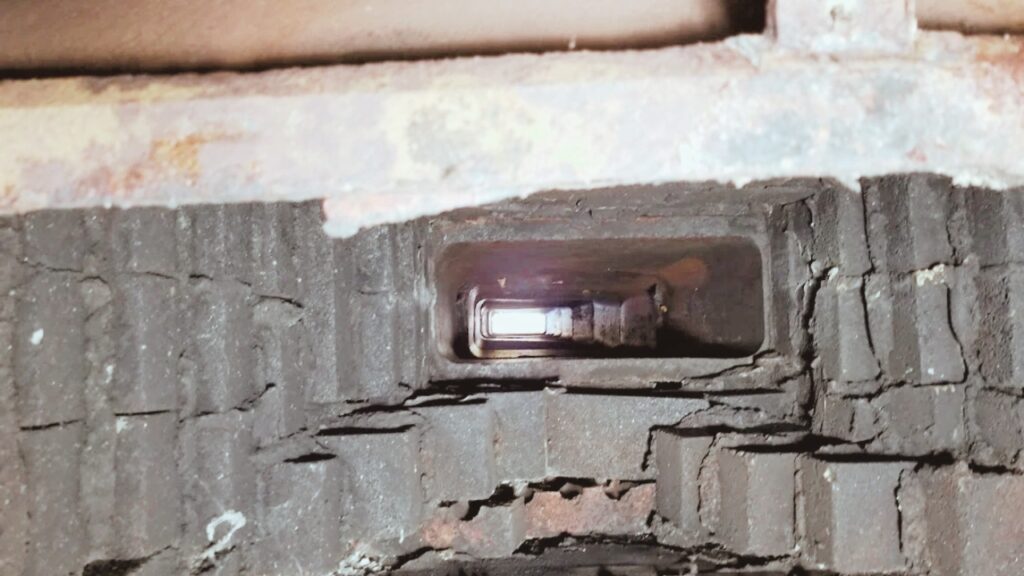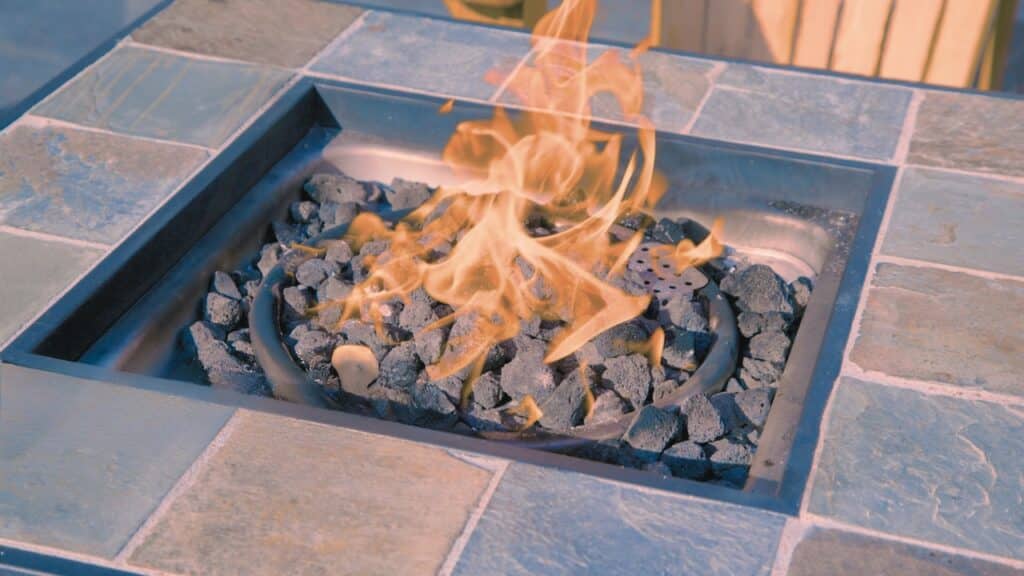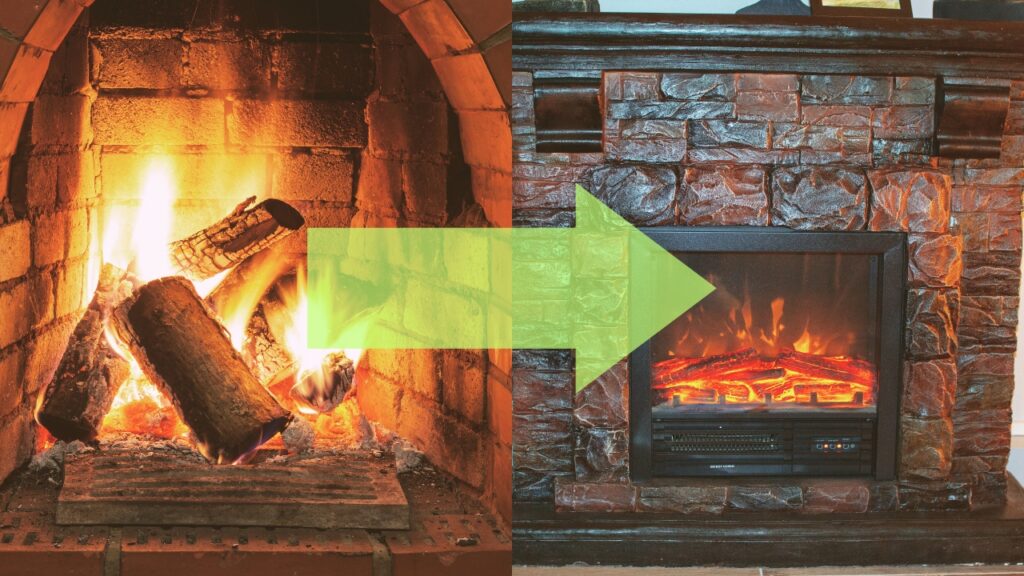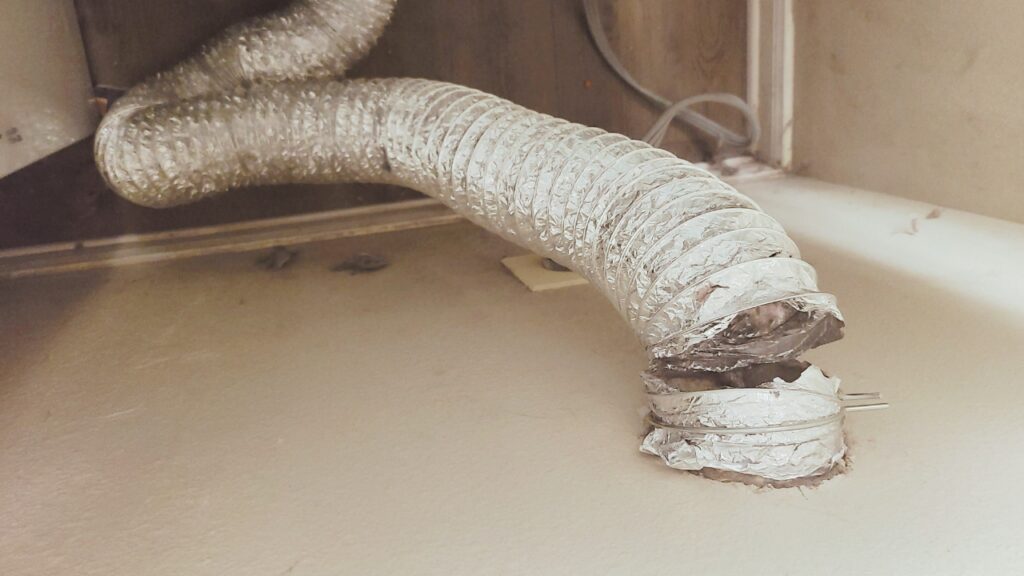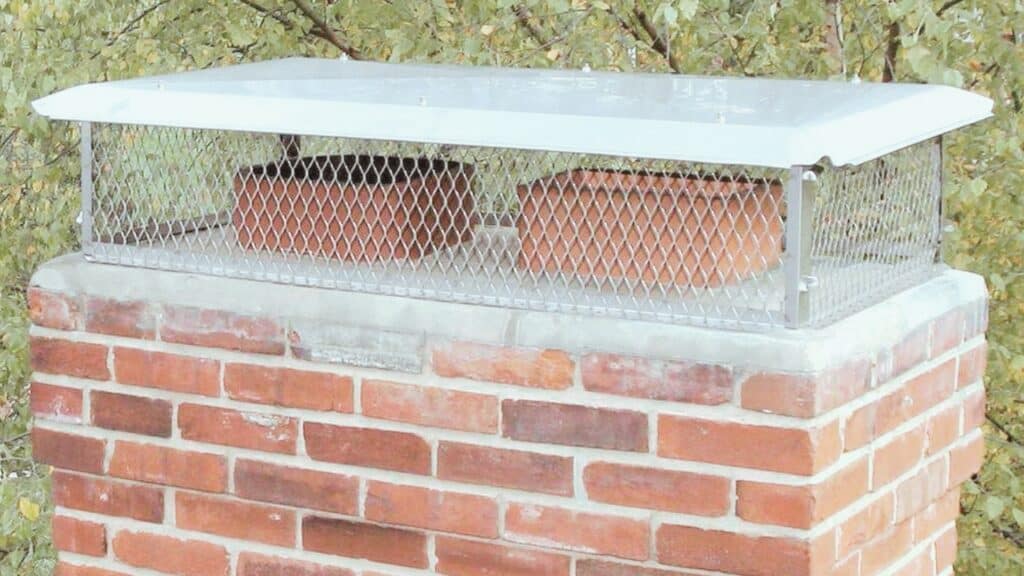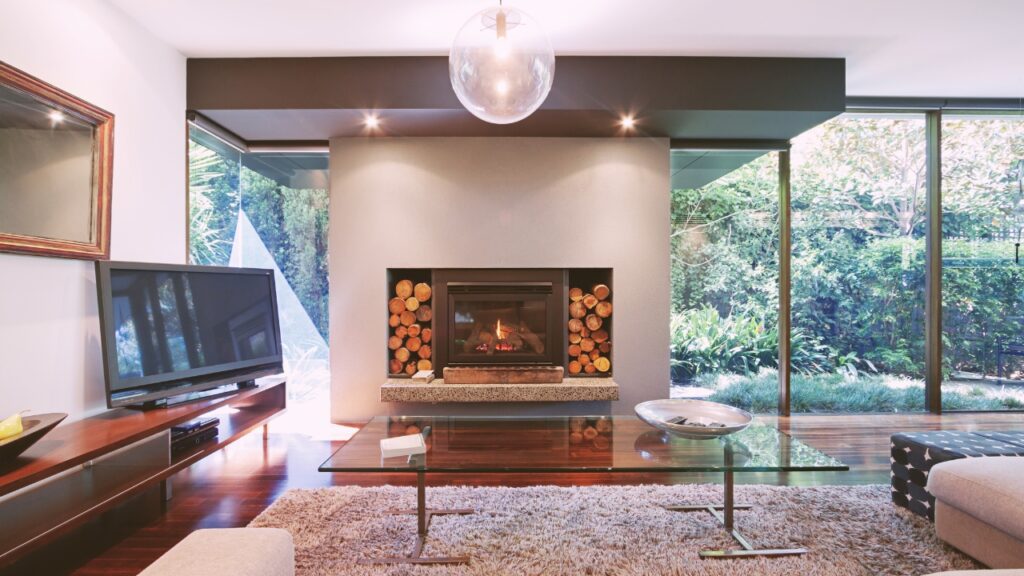What is included in a chimney sweep? From creosote buildup to animal nests, a thorough inspection and cleaning of your chimney is necessary to maintain the health and safety of your home.
Exploring the chimney sweep benefits, we find that regular maintenance not only prevents potential fire hazards but also enhances the efficiency of your fireplace, ensuring a warmer and cozier environment during cold months.
This essential task should always be taken seriously. Most people understand that cleaning your fireplace is important for safety; however, ensuring the chimney is up to par is just as important.
What Is Included in a Chimney Sweep? Full Process
Just hearing the words “chimney sweep” might bring visions of a Victorian street urchin running around with soot smudged on their face.
Diving into the chimney sweep history, we find that this profession has deep roots, tracing back centuries when the importance of keeping chimneys clean became evident in urban areas. But times have changed, and so too has the profession of chimney sweeping.

When you find a qualified chimney sweeper, they’ll use modern equipment and techniques to not only clean your fireplace and chimney but also inspect it for any potential issues, including animals nesting in the chimney, structural issues and creosote buildup.
Inspection of the Chimney and Fireplace
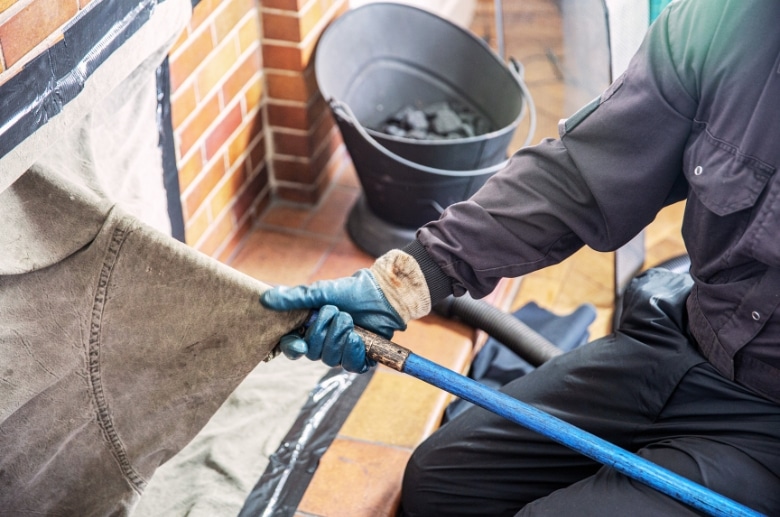
Inspecting the fireplace and the chimney thoroughly takes around one hour for a level 1 inspection. The chimney sweeper should check for creosote buildup in both the flue pipe and chimney, debris on the hearth and inside the firebox, fractures or cracks on the external chimney structure, and even any animals that may have taken up residence in your chimney.
In addition to all these items, a qualified chimney sweep will also look for possible signs of ventilation and hazard issues.
There are 3 levels of inspection and sweep that homeowners should be familiar with.
Level 1 Chimney Inspection & Sweep
At the most basic level, you can expect a certified sweep to visually inspect your chimney from the inside out for any obstructions, such as bird nests, creosote buildup, and soot. With a level 1 inspection, the sweep will not go onto the roof of your property.
After inspecting, they’ll decide whether or not your chimney needs sweeping – if it does, they’ll use brushes and a vacuum to clear and clean your chimney for the best results.
——
Do You Need to Hire Chimney & Fireplace Expert?
Get free quotes from qualified experts near you. No commitment required!
——
Level 2 Chimneys Inspection & Sweep
Suppose you’ve recently made significant changes to the fireplace or other structural alterations, or there is creosote buildup in the flue. In that case, you will require a level 2 chimney inspection and sweep.
During this level, your sweep may use cameras to digitally inspect the flues and cavity for blockages. They’ll need to access the roof, attic, and crawl space to ensure every area of the chimney has been inspected.
When conducting this type of inspection, certified sweeps will carry out several tests, such as a smoke leakage test, full pressure test, or exterior inspection. Level 2 inspections should include a sweeping job – sometimes, two chimney sweeps may be needed to service larger properties.
This type of chimney sweep may also provide a written report with recommendations for repairs that need to be carried out. Yearly level 2 inspection services are always recommended.
Level 3 Chimney Inspection & Sweep
No matter how careful you are about maintaining your fireplace and chimney, there may come a time when you need to call in a level 3 chimney inspection and sweep. This type of job is the most intensive, often involving demolition or partial removal from the structure.
A level 3 sweep should only be done following a serious chimney fire or if access to the chimney is difficult. This inspection includes equipment like scaffolding and more than one chimney sweep. It takes several hours to complete.
Chimney threats to be aware of include:
• Creosote buildup in the chimney or flue pipe
• Animals who may have built nests in your chimney
• Cracks and fractures in the structures along with foundation issues
• Ventilation and hazard issues
• Debris on the hearth and inside the firebox
Cleaning of the Chimney
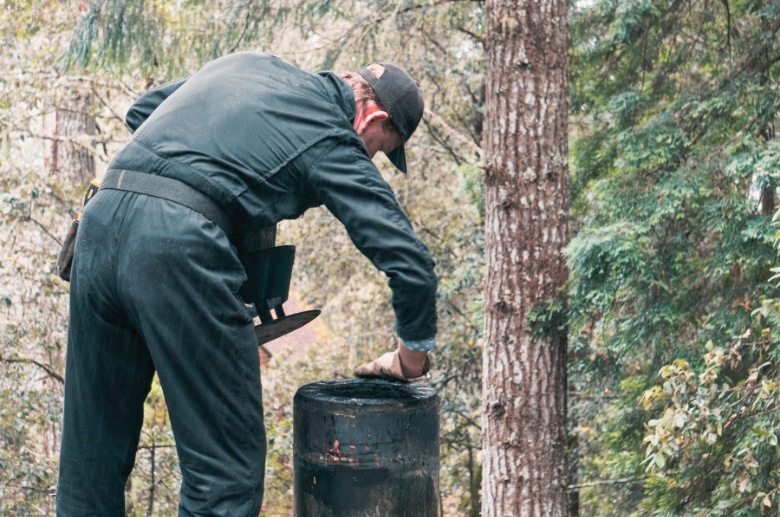
After the inspection and any necessary repairs, it’s time to clean the chimney. The cleaning process generally involves a long rod with metal bristles attached to one end, which is pushed up or down from the bottom of the chimney, depending on the type of cleaning required.
The goal is to use the brush to scrape away the dirt and debris that has built up in your chimney over time so you can use it safely.
According to the Chimney Safety Institute of America (CSIA), your chimney should be swept when 1/8 inch soot is built up and sooner if any glaze is present. This is crucial for eliminating fire hazards and using your fireplace safely.
The chimney sweep will use a vacuum cleaner to reduce your soot and ash levels, as well as special equipment like cameras to help them better inspect the interior of your chimney. In addition, they may also take a look at the chimney cap and make sure it’s in good condition.
It’s important to note that even if you don’t use your fireplace often or not at all, you should still have a professional come in at least twice a year to ensure everything is okay and make any necessary repairs.
Preparing for Your Chimney Sweep Appointment
Now that you know what’s involved in a chimney sweep appointment, it’s time to prepare for the big day. Here are some tips to help you prepare:
- Make sure your fireplace is cool before the sweep arrives. Avoid using it for 24-48 hours before the appointment.
- Remove any logs, grates, and decorative elements from the firebox.
- Put any fragile items away, such as pictures and knick-knacks, on the mantel.
- Clean out your fire grate and ash pan before the sweep arrives.
- Move any furniture or objects that are blocking access to the fireplace.
- Write down any issues you would like the sweep to address before their arrival.
These tips will help make the day go a lot smoother and faster, allowing the sweep to focus on what they do best – providing you with expert inspection and cleaning services. By preparing before your appointment, you’re saving yourself a lot of hassle and helping ensure everything goes according to plan.
Repairs and Maintenance
No chimney system is infallible; over time, parts of it can become damaged or worn down due to frequent use or age. A qualified chimney sweep should be able to identify any potential problems that need to be addressed before they become major issues.
If you haven’t had your system inspected in a while, it’s important to have it done before summer or winter to ensure all parts are up to date and functioning correctly. Common repairs that may need to be completed include:
• Brickwork Problems: Keeping your chimney in good shape is important, but inevitably, chips, cracks, and other damage can occur over time. Tuckpointing may be needed to replace and renew the mortar in the chimney. A skilled sweep can identify any damage or weaknesses that need immediate attention.
• Chimney Crowns: Damage to your crown can be caused by weather, animals, and other debris. Replacing missing parts or sealing cracks can help improve the stability of your chimney and the longevity of its structure.
• Chimney Caps: If you don’t have a chimney cap installed, it is recommended to have one fitted. A chimney cap helps to protect the top of your chimney from weather, animals, and debris – it also ensures that water drainage is properly managed.
• Cracks in the Flue: Through regular use of your fireplace or due to age, flues are subject to wear and tear. Identifying cracks in the lining material and addressing them as soon as possible is important for your health and safety. A professional can install a new liner or repair any existing damage before you light another fire.
• Wood Rot: We don’t often think about the materials that make up our chimneys – but timber can rot when exposed to moisture, meaning you’ll have to replace parts of your structure. The best way to tackle this problem is to have a professional inspect your chimney for any signs of wood rot or water damage and jump on a repair project immediately if you find any problems.
• Cracked or Damaged Bricks: Over time, the bricks in your chimney can become warped and damaged. Quality repairs will maintain safety and stability for many years to come, so it’s best to have a professional look at any brick-related problems you may have noticed.
What to Expect When Having Your Chimney Swept
Chimney sweeping is an incredibly important and necessary task that should always be addressed. Catching any damage or issues can help you avoid severe fire risks in the future, not to mention health issues from pests or carbon monoxide poisoning.
——
Do You Need to Hire Chimney & Fireplace Expert?
Get free quotes from qualified experts near you. No commitment required!
——
Costs Associated with Chimney Sweeping
The price you pay for a chimney sweep varies depending on the complexity of the job and the level of inspection required. On average, it usually costs between $120 and $390 to have your fireplace and chimney swept – if there are animals or nests, this can increase the price.
The most expensive jobs involve heavier creosote buildup or major structural damage and can run up to $5,000.
A level 1 inspection and sweeps typically cost between $90 and $400. A level 2 inspection and sweep, which should be carried out at least once a year and includes smoke and pressure tests, costs between $150 and $700.
A level 3 inspection and sweep is the most intensive, with prices ranging from $700 to $5,000. This should be done only if your chimney has been damaged or experienced a serious fire.
Report and Advice
After your chimney has been inspected and swept, you should receive a written report from the sweep. This report will outline any damage or potential hazards and provide recommendations on repairs or maintenance that may need to happen to keep the chimney safe and functioning properly.
The report typically contains details about the type of chimney you have, its condition, and any recommendations for repairs or maintenance. It will also list the color, texture, and overall level of the creosote build-up and note pests that may be present.
It’s a good idea to follow the advice in this report and act on any repairs that may need completion. Not only does this ensure your safety, but it could also help significantly increase your home’s value should you choose to sell it in the future.
From using creosote logs that are properly seasoned to keeping all chimney components in good condition to ensuring a functioning chimney cap, the report will outline all the necessary procedures to keep your chimney system in top condition.
Maintenance and Follow-Up
After you’ve had your chimney swept and any repairs made, it’s important to maintain the system according to recommended standards. Whether you’re burning wood or doing a smoke test, this regular maintenance can help keep your chimney functioning properly and at peak performance.
It is also important to note that having your chimney inspected once a year is usually enough for well-maintained fireplaces. However, if you burn more than two cords of wood per year or more than 36 fires annually, you should consider getting it swept more often to make the process easier and more affordable.
Lastly, it’s always a good idea to keep records of your sweeps and repairs, including the date of each service, the type of inspection and sweep carried out, any problems discovered during the process, and advice given to you by the chimney sweep.
Recording this information will help you keep track of any changes or repairs that need to be made and ensure your chimney is functioning at its best, year after year.
What Are The Benefits of Regular Chimney Sweeping and Inspection
Don’t just consider a chimney sweep something that needs to be done; think of it as an essential part of taking care of your family and home. A well-maintained and regularly swept chimney has many benefits, including:
Avoid Chimney Fires
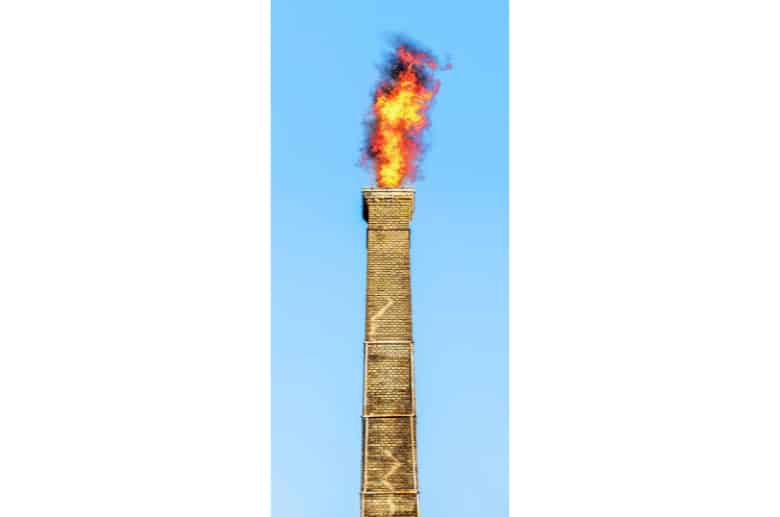
What’s the one thing more dangerous than a lit fire crackling away in your living room? A chimney fire. Over time, creosote and other combustible substances can build up in your chimney and ignite, creating a dangerous blaze that can spread quickly through your house.
Regular chimney sweeping and maintenance can reduce the risk of a fire by removing combustible residue before it has the chance to ignite.
Prevent Carbon Monoxide Poisoning
The last thing you want is for carbon monoxide to build up in your home due to poor ventilation in your chimney. Carbon monoxide is an odorless and invisible gas that can be lethal when breathed in for too long – but regular sweeping will ensure its levels remain low.
Improve Heating Efficiency
Thanks to improved heating efficiency, you’ll noticeably feel the difference when you have a clean chimney in your home. Without obstructions, your chimney can draw air more effectively, allowing the fire to burn hotter and with less smoke.
Allow for Easier Chimney Inspections
When a qualified sweep has been through your chimney, it makes it much easier for other professionals to perform routine inspections in the future. Soot and creosote deposits can hinder diagnosing a potential issue with the flue or firebox, so keeping up with regular sweeps allows your chimney to remain in top condition.
Ensuring That Smoke Flows in the Right Direction
Ultimately, preventive maintenance ensures that your chimney works as efficiently and safely as possible and keeps smoke from entering your home. Without regular cleaning out of the way, the smoke has nowhere to flow other than into your living areas – and that’s never a good thing.
What Are The Risks Of Not Having a Chimney Sweep?
Though many people think of a chimney sweep as nothing more than a nuisance, it’s important to remember the risks of not properly caring for your flue. Not having your chimney swept poses substantial threats to your family and home, including the following:
Fire Risks
We can’t stress enough how vital it is to have your chimney regularly inspected and swept. Doing this is essential in preventing the risk of a fire, as creosote buildup acts like an extremely flammable fuel. If not removed, this build-up can lead to the risk of a fire breaking out in your home.
NFPA (National Fire Protection Association) estimates that “confined chimney or flue fires” accounted for five percent of all home fires and seven percent of the total fires in one- or two-family homes. While it may seem like a small number, these are all fires that could very easily have been prevented had the job of sweeping the chimney not been neglected.
Health Risks

Do you cough more than normal when you use your fireplace? If this is the case, it may indicate that your chimney needs a good cleanout. Soot and creosote buildup can cause respiratory issues in animals and people living in the home, no matter how much you use your fire.
Soot, ash, and smoke also contain harmful compounds that, when breathed in for too long, can cause headaches and sore throats.
Animal Hazards
It’s not uncommon for birds, mice, and other critters to nest inside chimneys – especially if they’re left uncleaned for a while. Aside from being an enormous nuisance, animals in your chimney can cause a blockage in the flue or damage bricks or stone, leading to greater problems.
Animals also carry illnesses and could spread diseases throughout your home if they escape into your living area.
Conclusion
Sitting by the fireplace is a timeless experience; however, it’s essential to remember that this comes with responsibility. Calling a professional chimney sweep once or twice a year can save you from major headaches. Regular chimney cleaning and maintenance can prevent wood smoke, structural damage, and even carbon monoxide poisoning.
A qualified sweep will ensure your fireplace is safe and in excellent shape to keep you and your family healthy for many years.
Ready for your chimney sweep? We can help you connect with a certified professional to do the job safely and quickly. No Victorian street urchin is required!

